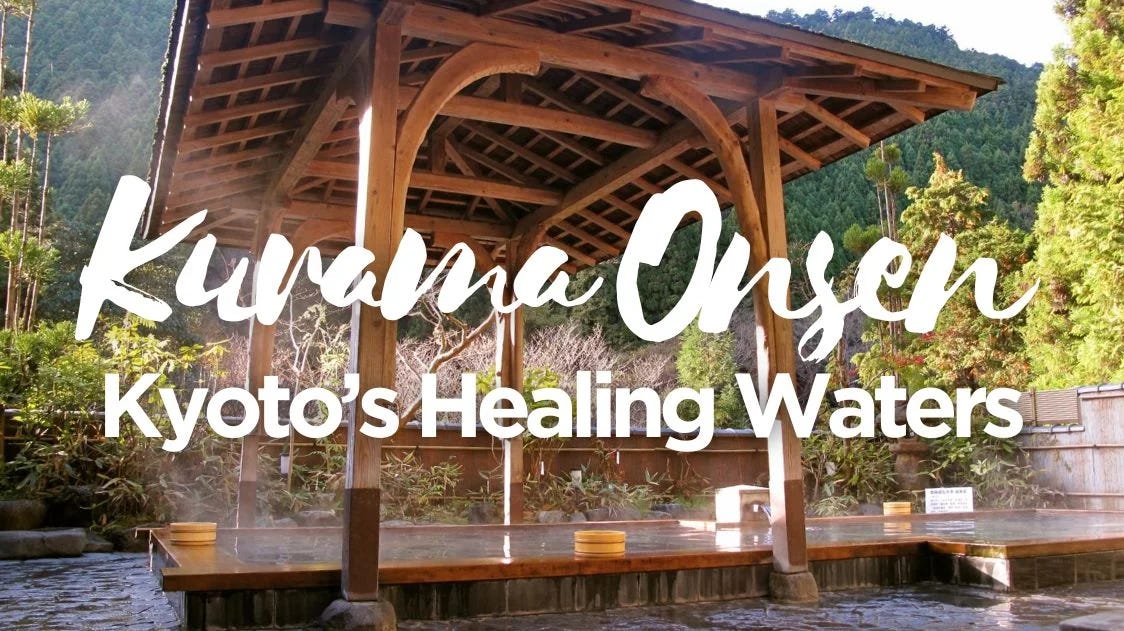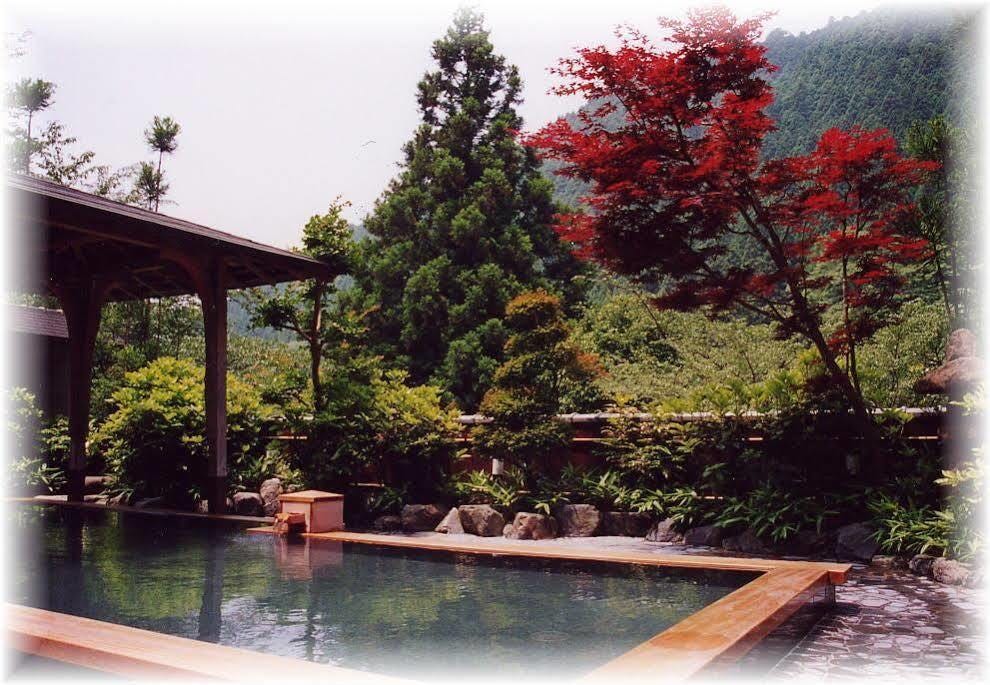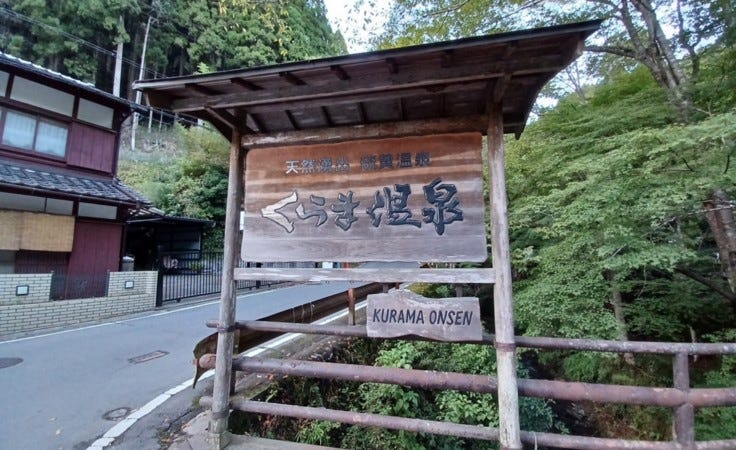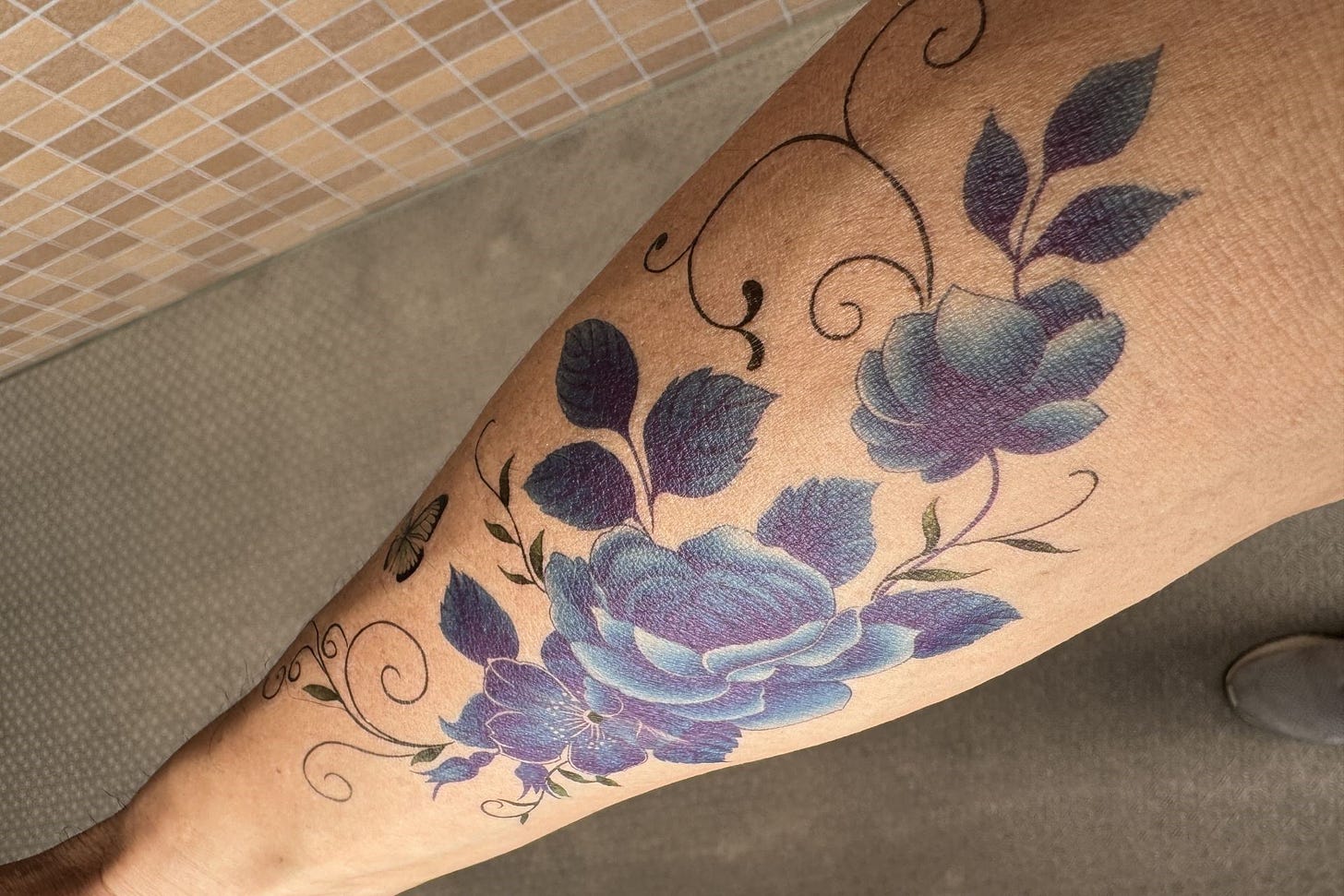Tucked away in the mountains just north of Kyoto, Kurama Onsen is one of those places where Japan’s natural beauty and traditional culture come together in an unexpected way. For centuries, Kurama has been a site of spiritual importance, rumored to be where mythical creatures once trained monks in martial arts. Today, the onsen here draws visitors with its mineral-rich hot springs, open-air baths, and the calming scenery of cedar forests.
Unlike many onsen, Kurama stands out as welcoming to all, even those with tattoos, making it a rare find for international visitors looking for an inclusive experience in Japan’s onsen culture. Historic temples and nice hiking trails also round up the attractions in the vicinity, making the area a perfect choice for a memorable escape just a short trip from Kyoto’s city center.
What is Kurama Onsen?
Kurama Onsen (鞍馬温泉) is a beloved hot spring located in the forested hills of northern Kyoto, where visitors can step back in time and experience a side of Japan that feels worlds away from the city. With roots in the spiritual traditions of the area, Kurama Onsen has become a go-to destination for those seeking relaxation and a closer connection to nature.
The history of Kurama Onsen dates back to ancient times, with Kurama itself long known as a sacred place tied to mountain asceticism and local legends of tengu, or mystical creatures that are said to inhabit the mountains.
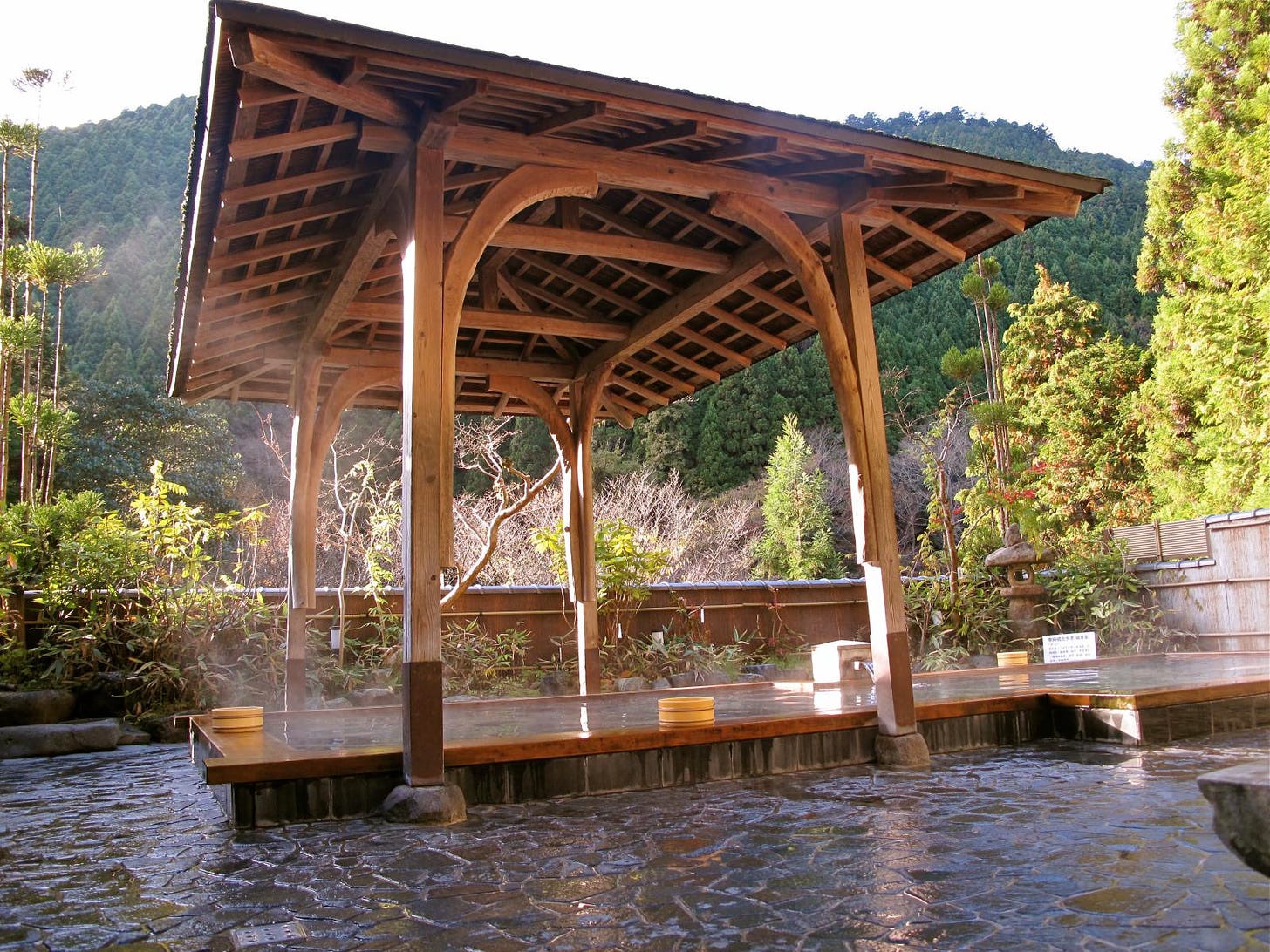
Over the years, the area gained popularity for its healing hot springs, which flow naturally from the earth, drawing both locals and travelers in search of rejuvenation. Known for its mildly alkaline waters, the onsen is believed to have therapeutic properties that help relieve fatigue and soothe aching muscles. Kurama Onsen today offers both indoor and outdoor baths, the latter providing panoramic views of lush forests and surrounding mountains.
The Revival of Kurama Onsen
Kurama Onsen has weathered multiple setbacks in recent years. Alongside the challenges brought on by the coronavirus pandemic, a series of landslides damaged the main Eizan Electric Railway line that connects Kyoto to Kurama, cutting off a key route for visitors. With both natural and public health obstacles affecting access and visitor numbers, Kurama Onsen fell into a challenging decline and eventually needed to close for renovations.
However, with strong community support and a dedicated crowdfunding campaign, the onsen has made a remarkable comeback. Local efforts restored the facilities while preserving the authentic charm that Kurama is known for. From November 1st, the onsen will be once again welcoming visitors with renewed vigor, drawing guests eager to experience its peaceful, forested retreat in the Kyoto mountains.
Does Kurama Onsen allow tattoos?
One of Kurama Onsen’s most appealing qualities for international visitors is its open-minded approach to tattoos. In Japan, many onsen still prohibit individuals with tattoos due to longstanding cultural associations, but Kurama Onsen is refreshingly inclusive, welcoming tattooed guests without restrictions. This progressive policy makes it stand out among traditional onsen and has cemented its reputation as a top choice for travelers from abroad who want to enjoy Japan’s onsen culture.
This is why, when many ask, “Which onsen is best for foreigners in Japan?” Kurama Onsen ranks high on the list due to its tattoo-friendly stance and easygoing atmosphere.




